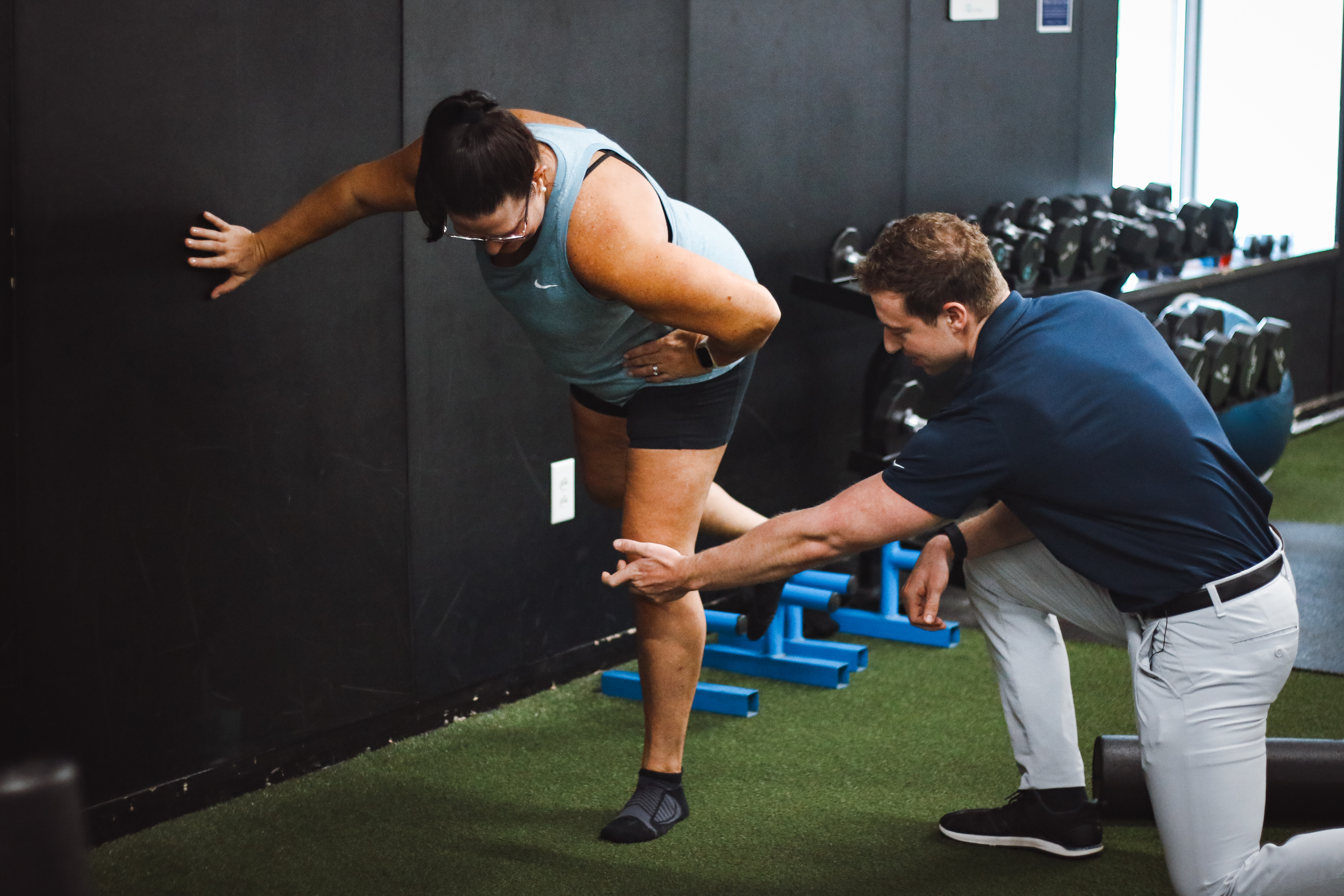In the world of physical therapy, you may have heard the term "prehab" thrown around. But what exactly is prehab, and why is it becoming an increasingly important concept in the field of injury prevention and rehabilitation?
Defining Prehab
Prehabilitation, often referred to as "prehab," is a proactive approach to physical therapy and rehabilitation. Unlike traditional rehabilitation, which focuses on post-injury or post-surgery recovery, prehabilitation aims to prepare the body for potential stress, injury, or surgical procedures in advance. In other words, prehab is about getting your body in the best possible shape to prevent injuries or enhance your recovery if an injury does occur.
Prehab is particularly well-suited for addressing common musculoskeletal issues, aiming to decrease the risk of injury while enhancing overall physical health. The common tendency among individuals is to address problems after they occur, adopting a reactive approach that often proves too late. The key to improved health and wellness lies in education and awareness. Educating individuals about incorporating daily routines to manage aches and pains, understanding potential injury risks, being mindful of the impact of favorite activities, and performing specific exercises for body protection are crucial aspects.
By embracing this proactive approach, the goal is to diminish the likelihood of injuries and pain in the first place. Ultimately, this approach saves individuals time, allowing them to fully enjoy their lives. The optimization of life through prehab involves not only learning about it but also implementing and consistently practicing it. Collaboratively, we can empower individuals to not just understand prehab but to actively integrate and apply it in their lives.
Key Components
- Assessment and Screening: This includes a thorough evaluation of an individual's physical condition, functional movement patterns, strength, flexibility, and any existing risk factors. Identifying areas of weakness or imbalances is essential to tailor a prehab program to an individual's specific needs.
- Personalized Exercise Programs: Based on the assessment findings, our physiotherapists will design a personalized exercise program to address the identified weaknesses or imbalances. These exercises can encompass a variety of modalities, such as strength training, flexibility exercises, balance training, and conditioning.
- Education and Lifestyle Modifications: Prehab is not limited to the physical aspect; it also includes educating individuals about proper body mechanics, injury prevention strategies, and lifestyle modifications. This may involve addressing factors like nutrition, sleep, and stress management to optimize overall well-being and resilience.
Benefits of Prehab
This innovative approach to rehabilitation and injury prevention isn't just about preventing problems; it's about optimizing your body for a healthier and more fulfilling life. By focusing on strengthening, conditioning, and preparing your body in advance, prehabilitation offers an array of remarkable benefits that can profoundly impact your physical health and overall quality of life. Here are a few major benefits of prehab:
- Injury Prevention: The primary goal of prehab is to reduce the risk of injury. By strengthening and conditioning the body, individuals are better prepared to handle physical stress and strain, decreasing the likelihood of injury during daily activities or sports participation.
- Enhanced Performance: Athletes often turn to prehab to boost their performance. A prehab program can improve strength, endurance, and agility, providing athletes with a competitive edge while decreasing the risk of sports-related injuries.
- Better Quality of Life: Prehab isn't just for athletes; it's for anyone who wants to maintain or improve their quality of life. A strong, flexible, and well-conditioned body can make daily activities easier and more enjoyable, especially as we age.
- Improved Surgical Outcomes: For individuals facing surgery, prehab can lead to quicker post-operative recovery and better outcomes. A body that is in better physical condition going into surgery often rebounds more efficiently, reducing the overall recovery time.
Prehabilitation has emerged as a proactive and preventive approach to health and wellness. By focusing on improving physical conditioning, addressing imbalances, and educating individuals about injury prevention, prehab can help people lead healthier, more active lives. Whether you're an athlete looking to excel in your sport or someone seeking to avoid injuries and maintain a high quality of life, prehabilitation may be the key to achieving your goals and minimizing the impact of physical stressors on your body. So, the next time you hear the term "prehab," remember that it's all about taking a proactive step toward a healthier, more resilient you.
Schedule an appointment with a Renew Physiotherapist today to design a personalized prehabilitation program that suits your needs. Your body will thank you for it!








.jpg)

